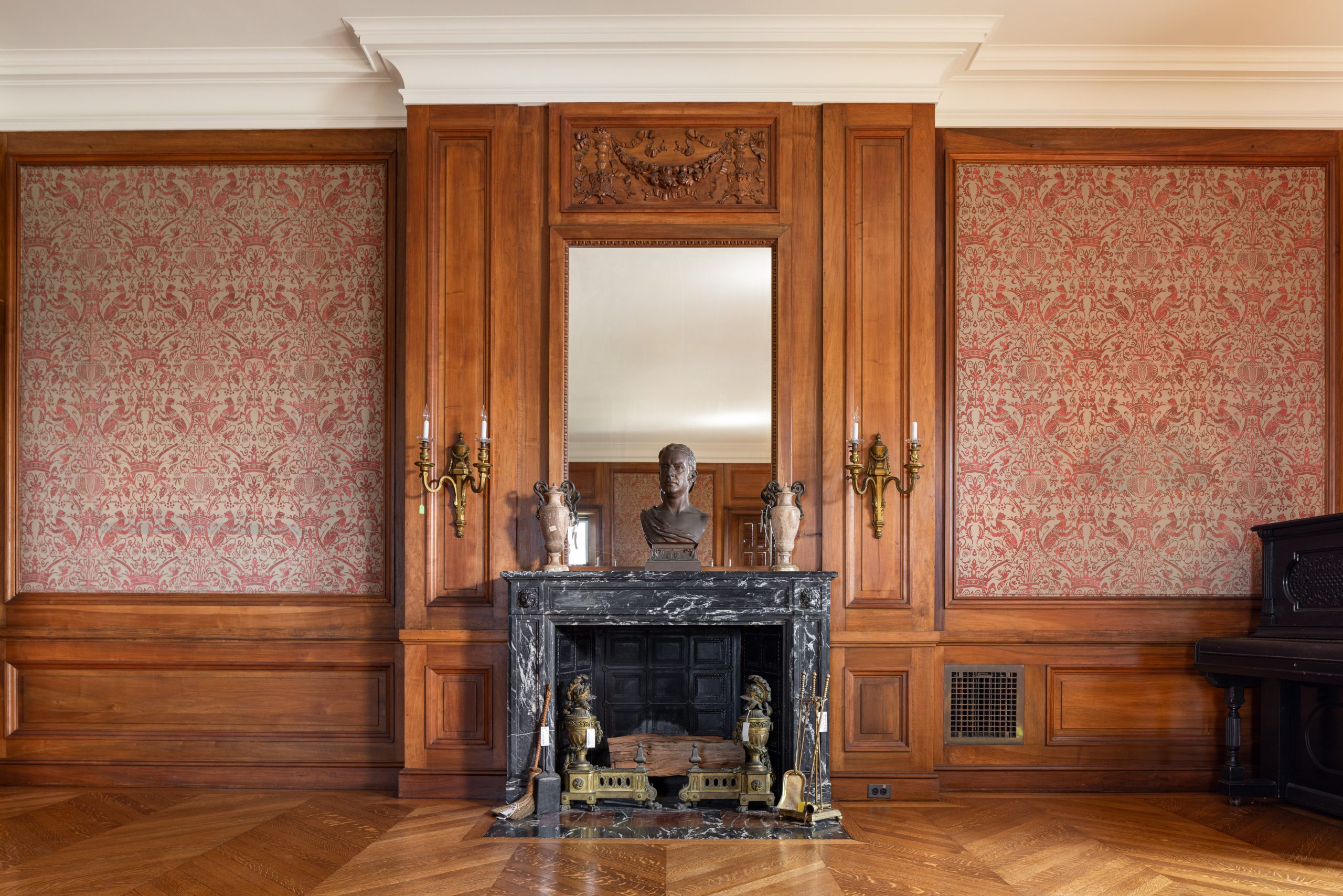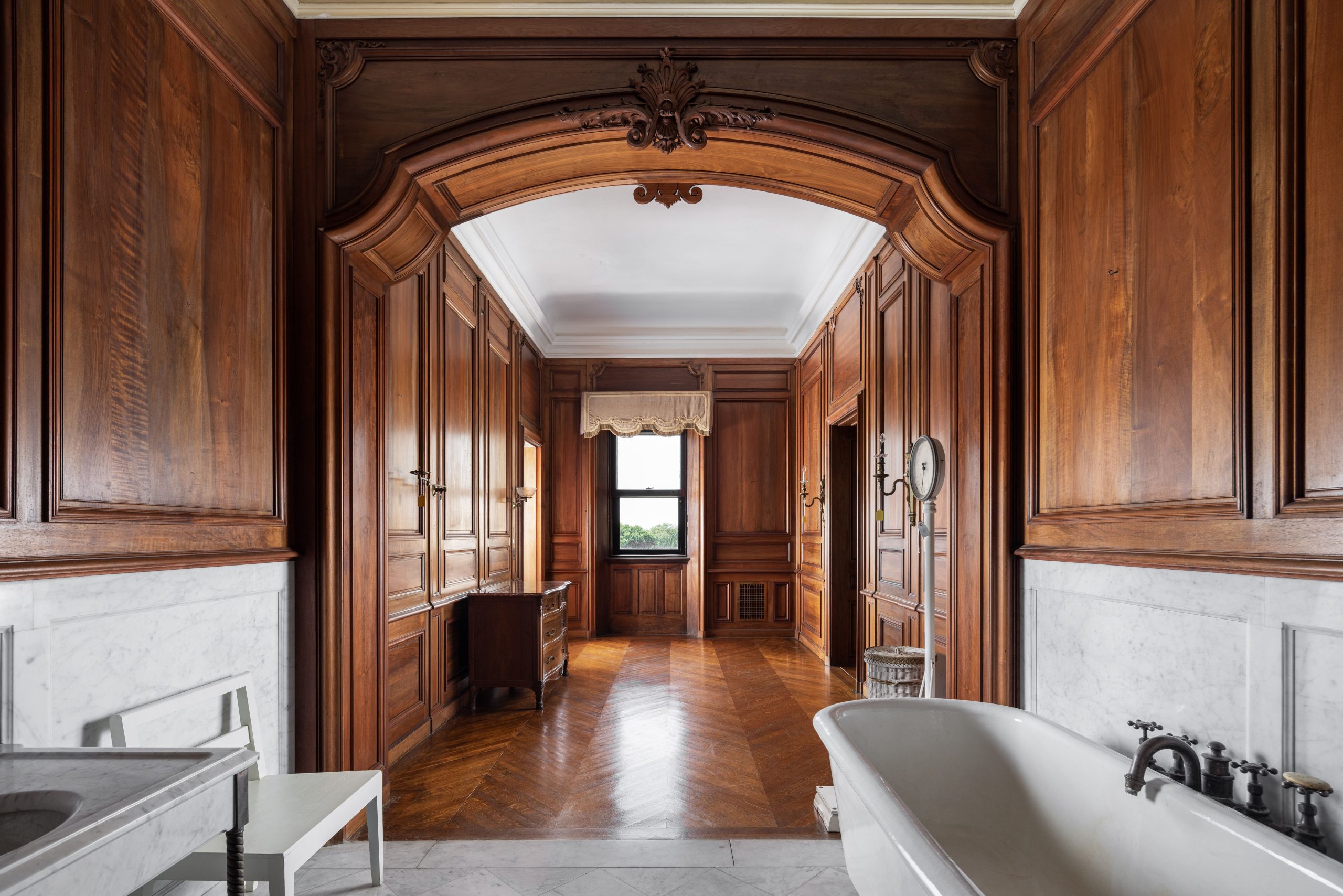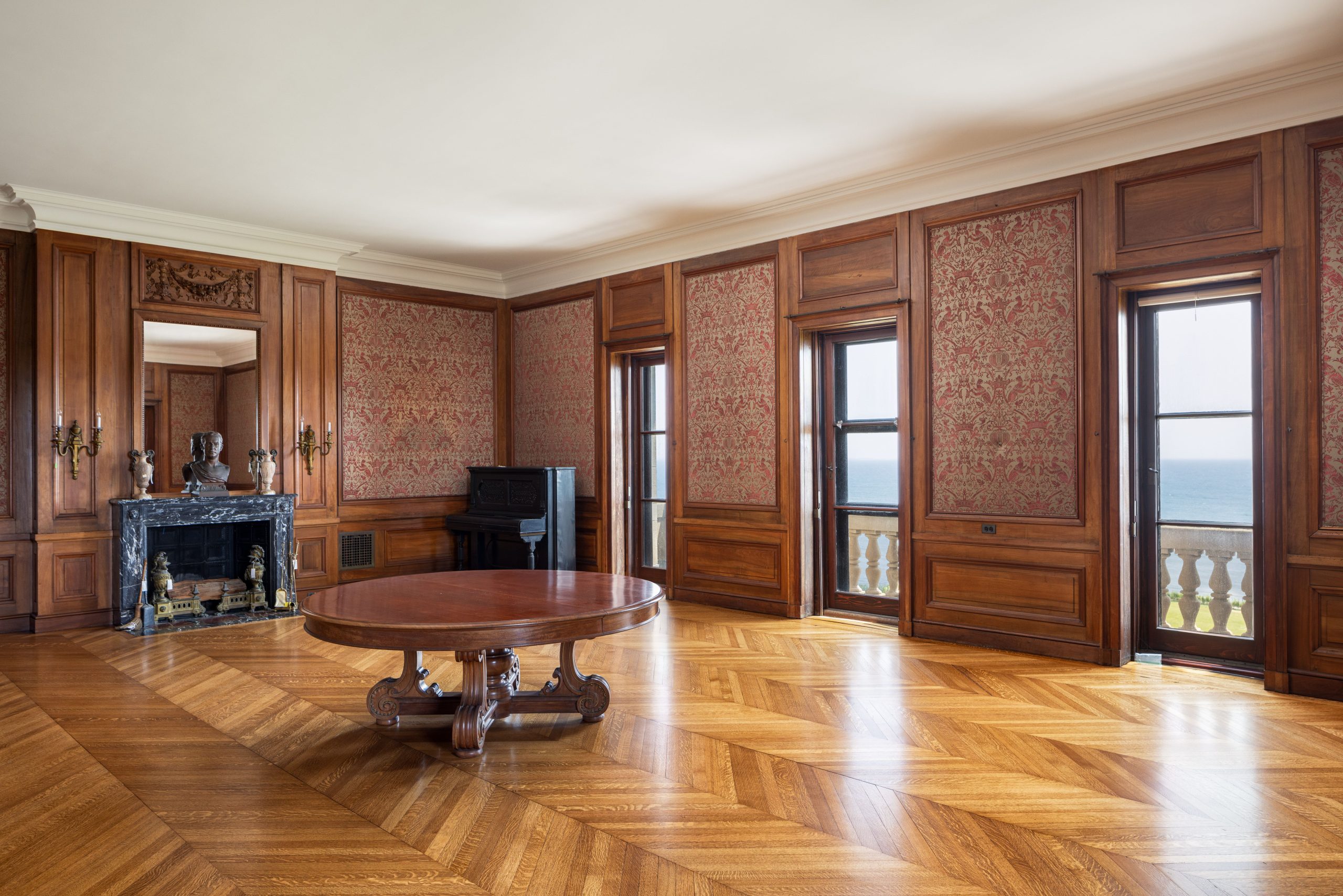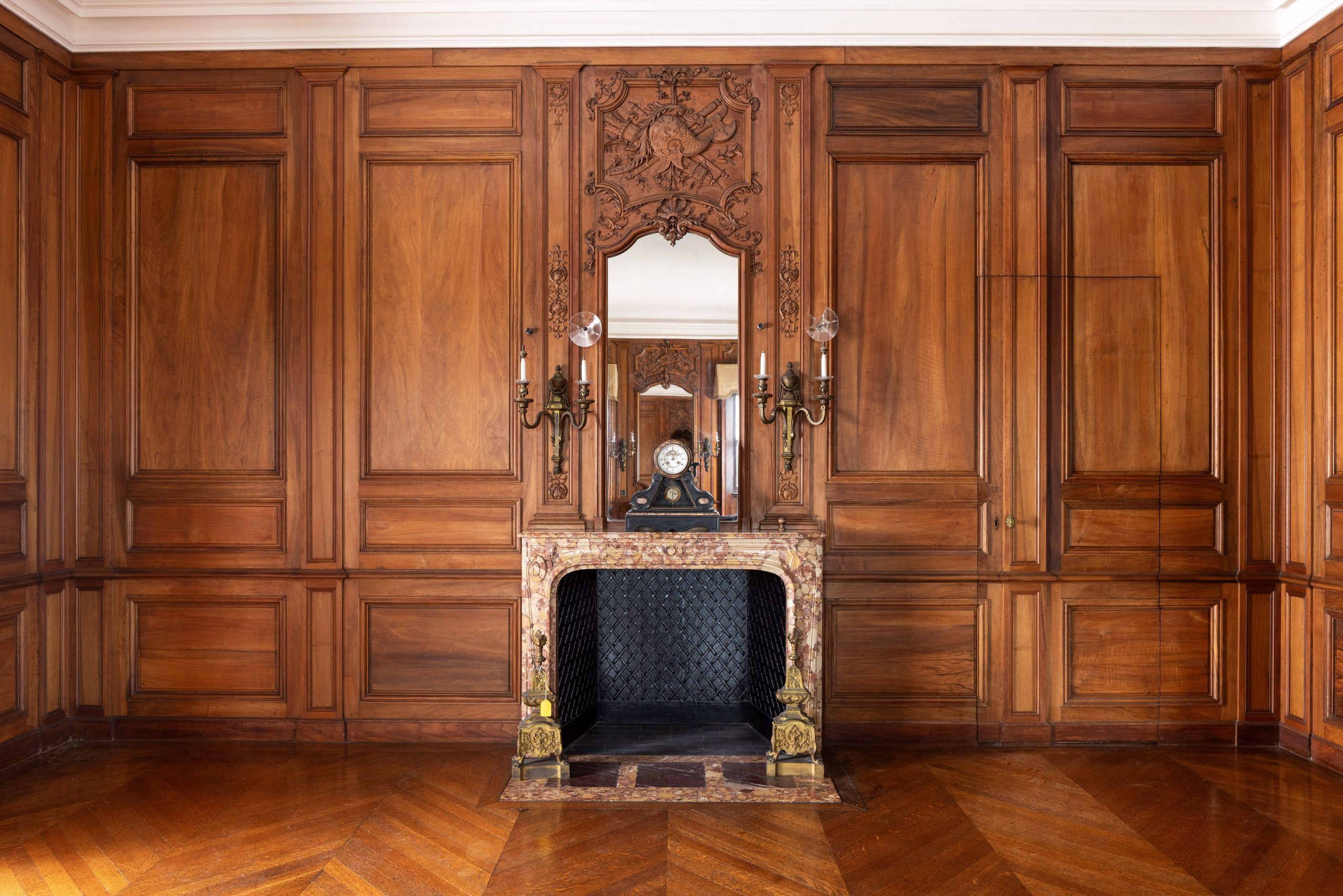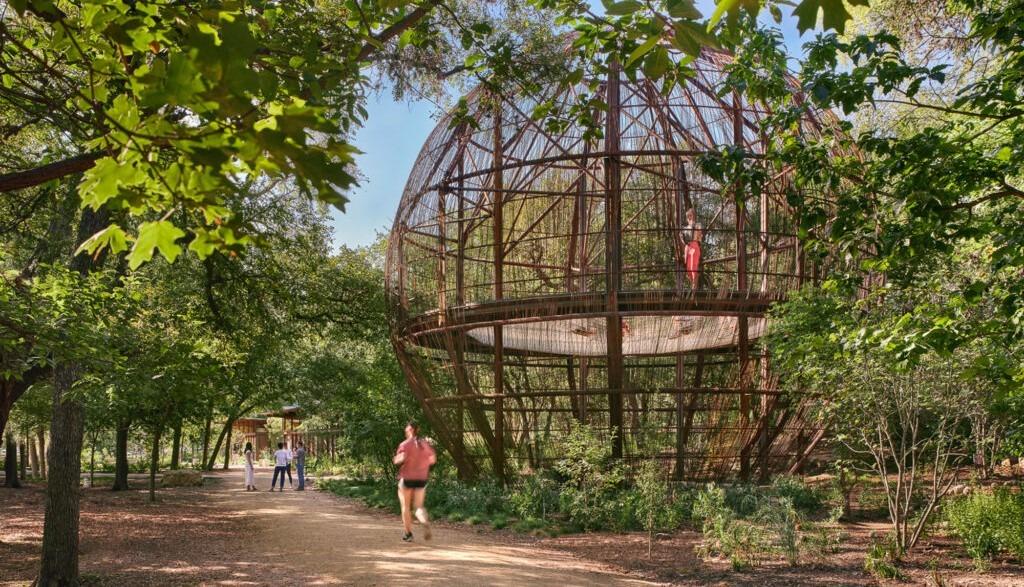Designed and built by Richard Morris Hunt for the Vanderbilt family in 1895, The Breakers is the Grand Dame of all the Newport “cottages.”
The Preservation Society of Newport County has owned the property since 1972, but didn’t have access to its third floor until 2018, when the family vacated the space as their private apartment.
Designed while Hunt was simultaneously working on Biltmore Estate in Asheville, the third floor of The Breakers was woefully inadequate in 2018. The plumbing was more than 120 years old and the electrical service was not far behind. so the family and the society mutually decided to vacate it for the long term vitality of the house and its collection.
It had originally been created as a haven of sorts for three Vanderbilt sons, with five bedrooms, two of which were used for tutors or chaperones. At any rate, they were ensconced high above the rest of the family, with views over the treetops, the cliff walk and out to the breaking waves that inspired the home’s name.
“It had a symbolic vista of what was out there for them,” says Leslie Jones, director of museum affairs and chief curator, for the society. “They had a bit more freedom from being next to their parents and sisters – they could sow their wild oats.”
Delayed by the pandemic, the eventual investigation of the third floor space was mind-blowing, according to Jones. “We give credit to the Vanderbilt family that they used this space and preserved all the materials that are so little changed,” she says. “People usually update spaces, but they made the conscious decision to leave it as it was originally.”
Its material palette demonstrates the hallway paint Hunt chose, with his understanding of Italian color waves – it’s a flat, deep terra cotta red. There are quartersawn oak floors in chevron panels and walnut paneling. Each room also has a distinctive marble used for fireplace surrounds and furniture – tables, bureaus, and dressing commodes. “It’s Italian marble, and colors vary from one that’s mottled to another that’s deep red,” she says.
The society is still undergoing its work, but a current tour is a preservation-in-progress insight for visitors to see what it takes to keep these spaces intact. “An hour-long walking tour takes you to the third floor, and the hopeful outcome is a progression of preservation in certain rooms,” she says.
So there is a progression of time from the finishing of house to the time when the family gave it up. “They made incredible contributions to the Breakers and the landscape by Ernest Bowditch surrounding it,” she says.
For more, go here.


